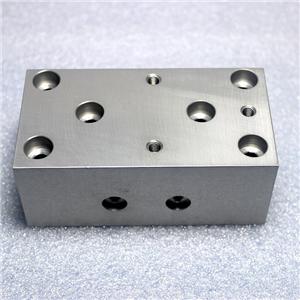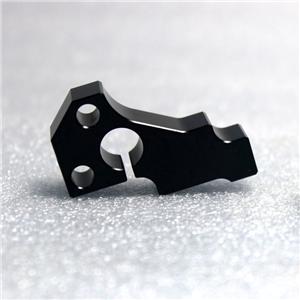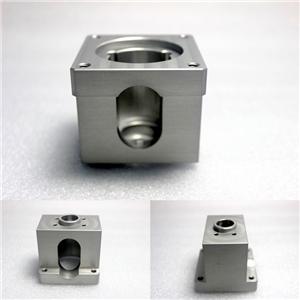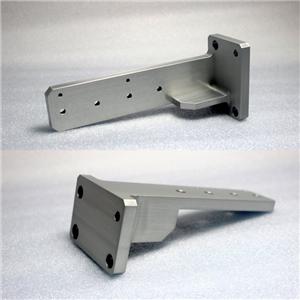Current status and development of optical parts processing
More and more precision instruments have been applied to the new technology combining opto-mechatronics, which has promoted the increasingly stringent requirements of multi-functional, high-performance and low-cost, and promoted the development of traditional optical parts production technology and the transformation of processing technology. This change has driven the development of optical mechanic technology in two different directions.
First, the development of small, lightweight and cheap efficient processing. The rapid development of optical plastics and glass die-casting technology has led to a significant drop in the cost of aspherical lenses, a significant increase in supply, and the increasing use of various optical systems. For example, a very thin zoom lens has been widely used in mobile phones. It is precisely because of the expanding use of these small, lightweight and inexpensive optical parts in various fields that the rapid development of optical efficient processing technology has been promoted.
Second, the development of ultra-precision machining. The technological advances in cutting-edge science and technology, especially in the defense industry, place new demands on ultra-precision optical components.
For example, manned spaceflight, optical systems for laser weapons, fiber optic communication components, and micro-optical components in optical integrated circuits are ultra-precision optical components. The processing accuracy of these optical parts is even up to the nanometer level. The machining of these parts cannot be done in the traditional way and must be achieved through ultra-precision machining techniques.
The traditional method of processing optical parts has been more than a hundred years old, and can be understood as "a handful of sand and water". The new optical parts processing method began in the 1970s. The military optical system was expanded from white light to infrared and laser systems. The optical parts also proposed an arduous image quality, small size, light weight and simple structure. Claim. Along with the large-scale technological revolution and innovation activities in the optical processing industry, new optical component processing methods have emerged. At present, the most commonly used optical component processing technologies are: CNC single-point diamond processing technology, CNC grinding and polishing technology, optical lens molding technology, optical plastic molding technology, magnetorheological polishing technology, electroforming technology and traditional grinding. Polishing technology, etc.




